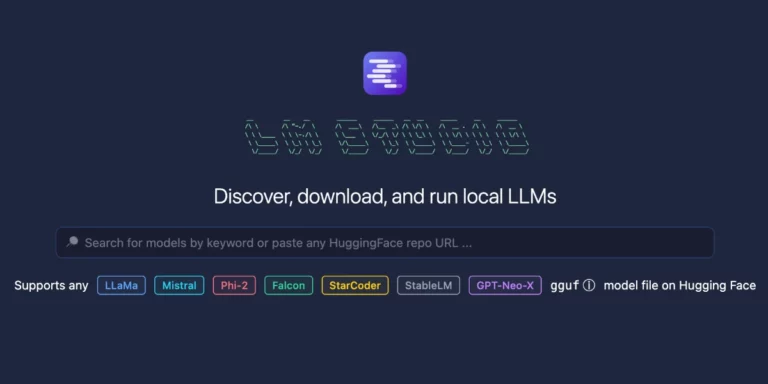Kill Your Darlings
This summer we are hosting 23 interns at the Don’t Panic Labs office. These interns are placed into four separate teams, with each team tasked to develop a product based around a specific need. Chris Johnson, a member of the Parking Carnac team, wrote this internal blog post based on his experiences in developing a product that helps automobile drivers find available spaces in limited-parking environments.
Every startup faces the problem of narrowing down their value proposition to one or two key goals. Everybody likes the ideation phase; when you are still throwing around different ideas, dreaming up possible ways to put together this vague idea into a concrete product or service.
During this phase, a lot of ideas bubble up about possible directions to take your idea. This excitement is a double-edged sword. On one hand, it’s thrilling to imagine different possibilities about how your idea might grow. It’s fun. Mainly, you can harness this excitement to keep focused and use that energy to try and push out your MVP as quickly as possible. On the other hand, time you spend talking about the future is time that you’re not building version 1.0.
To build a product, you need a pitch, and a pitch needs a simple, clear value proposition. This means that you have to find one or two main uses of your product, and focus entirely on executing those goals as effectively as possible. Unfortunately, this means you’re going to have to kill some of your darlings. Version 1.0 is waiting, and until it’s done, you don’t have any time to fantasize about the perfect way to put your project together or to see entirely how your product will change the workflows of the people using it.
For us, the clear value proposition is to make parking easy. The main frustration we had is trying to park in a crowded area for a big event, especially if you’re unfamiliar with the area. Some estimate that up to 30% of all traffic is due to people searching for parking spaces, and the more we can chip away at that number, the greater value we can bring to our users.
Focusing on this means that we have to put a lot of our exciting ideas on the back burner. Here are some of the ideas that we think would be great applications of our algorithm, but are too large / unworkable for our product vision (for now!):
Virtual Parking Meters – A parking meter is a sophisticated piece of hardware; it not only counts down in minutes (impressive), but you can also put money into it. As revolutionary as this technology is, we can replace 100% of its functionality with a simple event timer. When a car pulls into a spot, we log the time. When it leaves the spot, we calculate how much time has passed and then we bill them with a virtual account system automatically. No hassle, no change, and more importantly, no more need to install networks of parking meters on new streets.
The main problem, obviously, is identifying the cars, but this is not as intractable as it seems. Optical character recognition on license plates is common and pretty accurate. You can cross-reference the license plate with color and maybe shape/model detection. You’d need some kind of account system set up on the municipal or state level – again, lots of overhead, but benefits might be worth it. Plus, if you have that in place, then it’s very easy for…
Automatic Parking Violation Notification – One of the biggest sources of frustration for any car owner is the process of being towed / impounded. It’s costly, hassle-laden, and just…well, it sucks. If we’re at the point where we can identify cars and tie them to an account, then it’s just an easy step to send somebody a text message whenever their car is in jeopardy of being towed.
There are some implications of this; for one, the threat of impoundment is a great deterrent for parking in unauthorized areas; making notification easy might increase the number of parking violations because there’s less risk of being towed. Then again, part of the reason that I gamble on unauthorized spots is that I don’t know where I should be parking. If our system is effective, then maybe parking violations will decrease naturally as people get used to using our application to guide them to a safe location.
Dynamic Meter Pricing – Even if we don’t eliminate parking meters, we can make them more efficient. Eventually, our goal is to have a network of cameras in a region collecting and analyzing data from each of those lots. Using this data, we can price each individual lot based off of the current demand for spots in that area. We can shift the prices dynamically to reflect heavy traffic, or on days with minimal demand. This would provide a lot of value to parking providers looking to optimize revenue from their lots.
I’m looking forward for us to get our first viable product out so we can get to work on some of these more ambitious applications.



